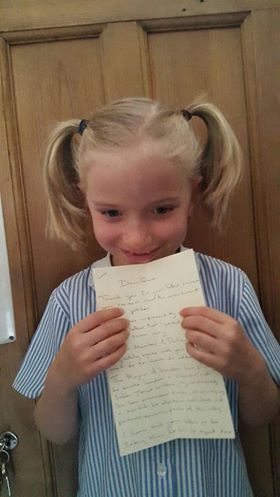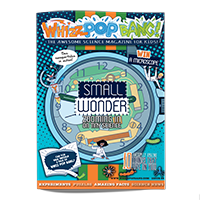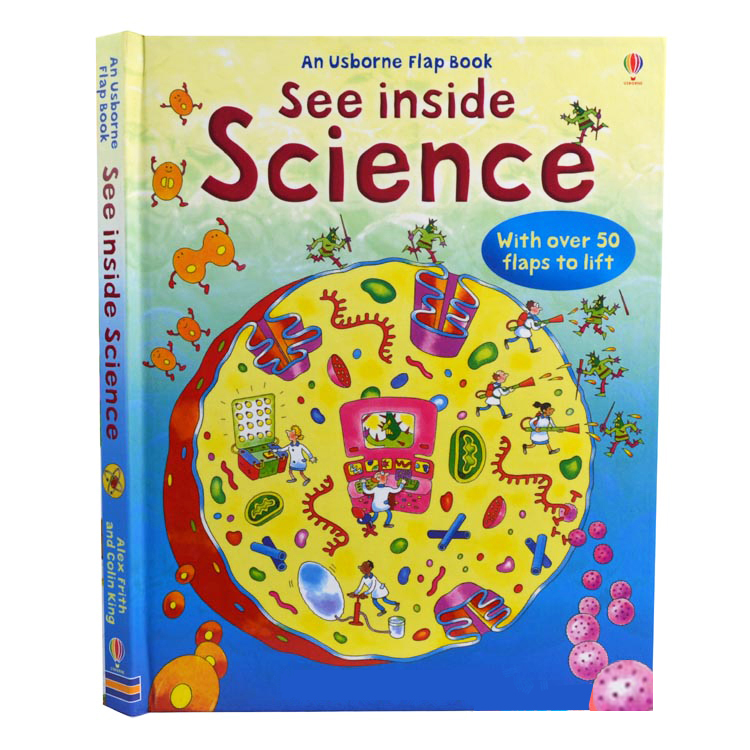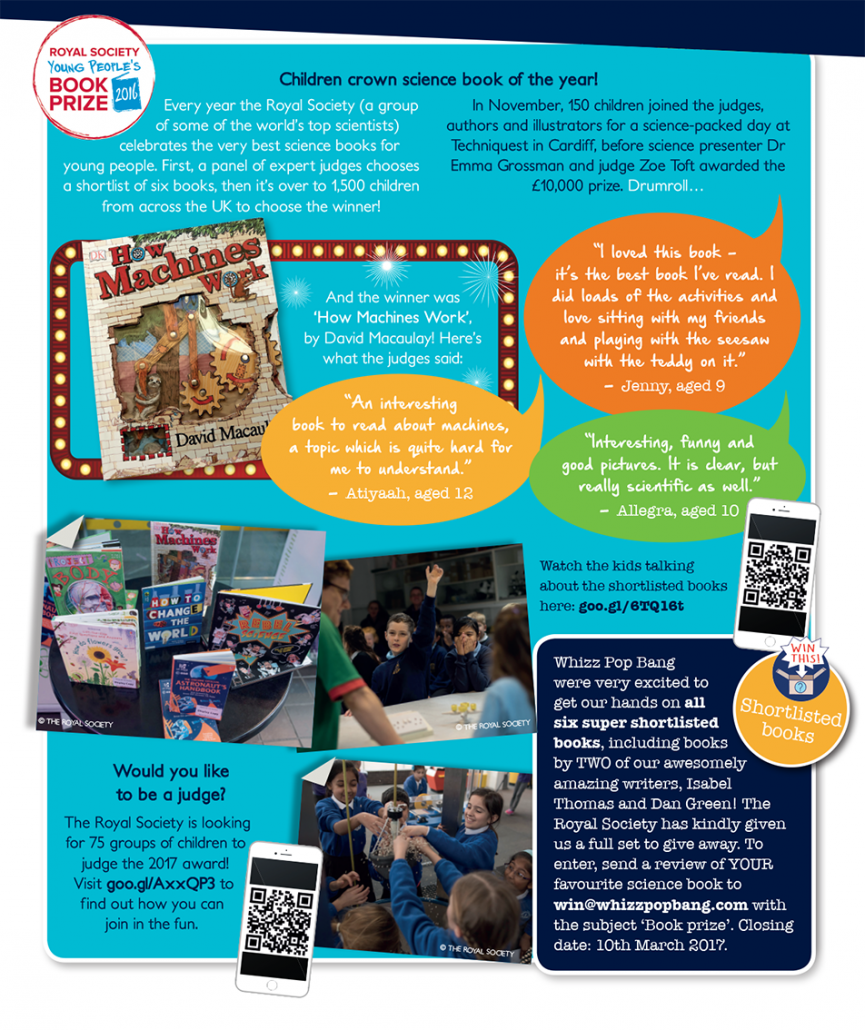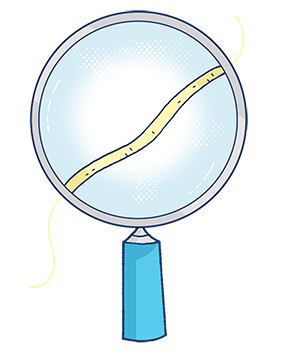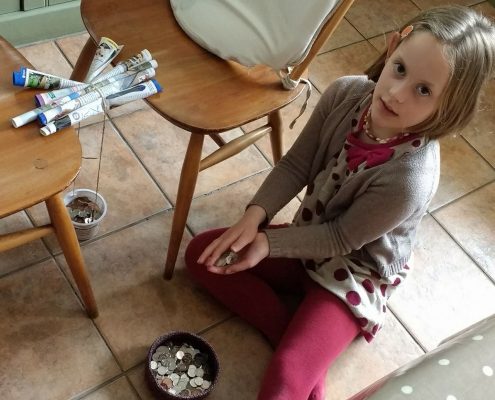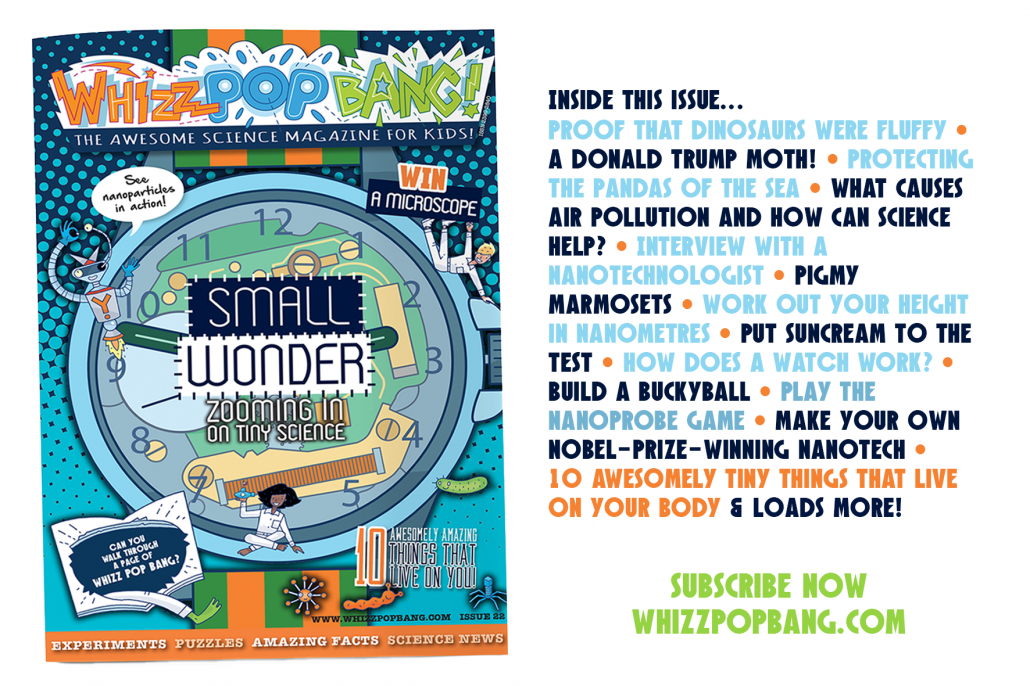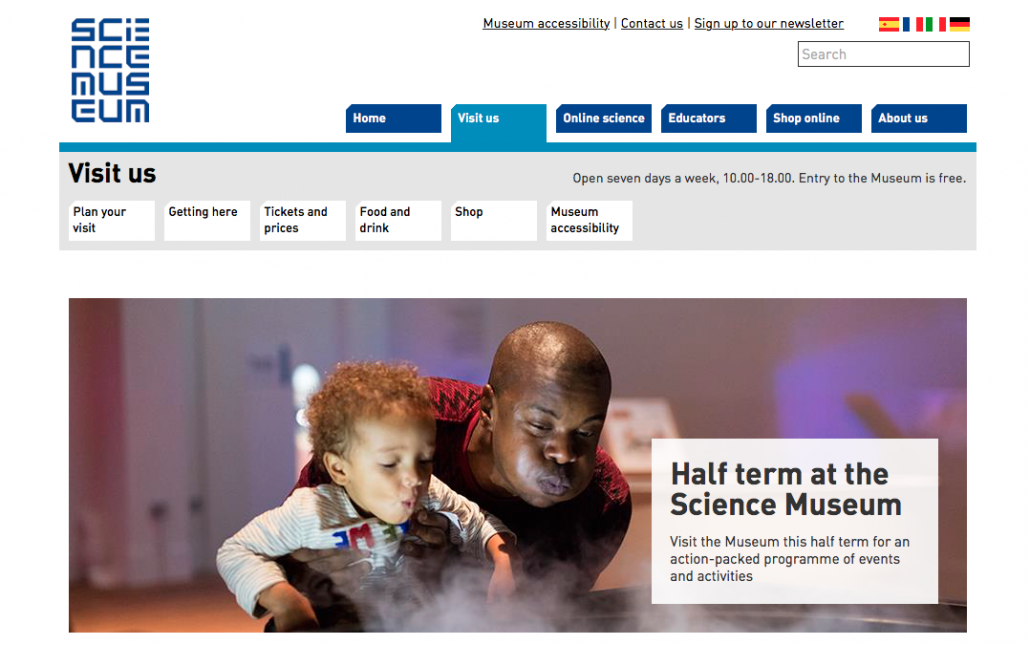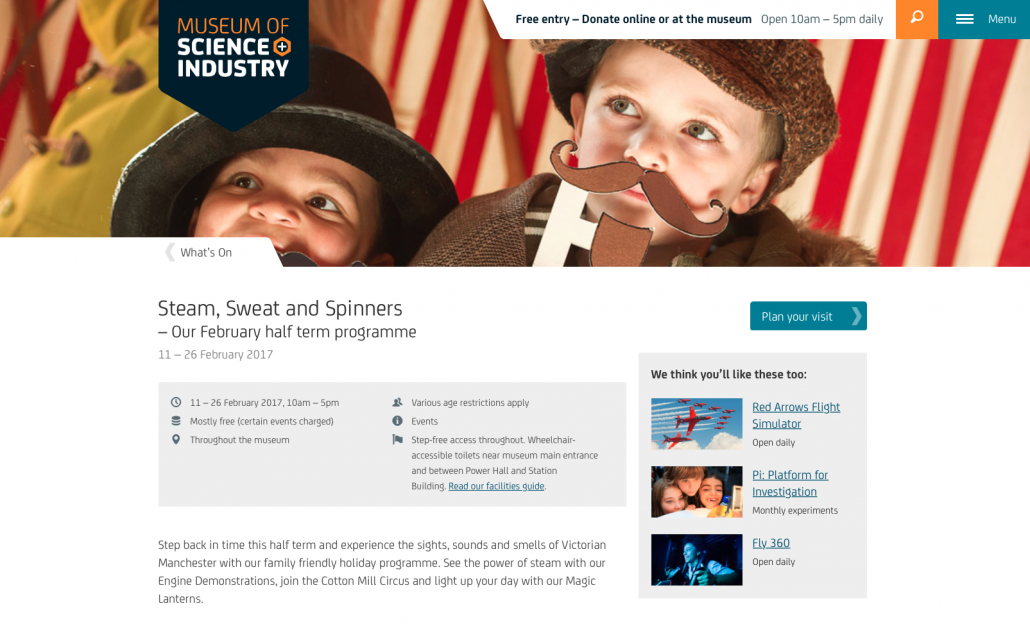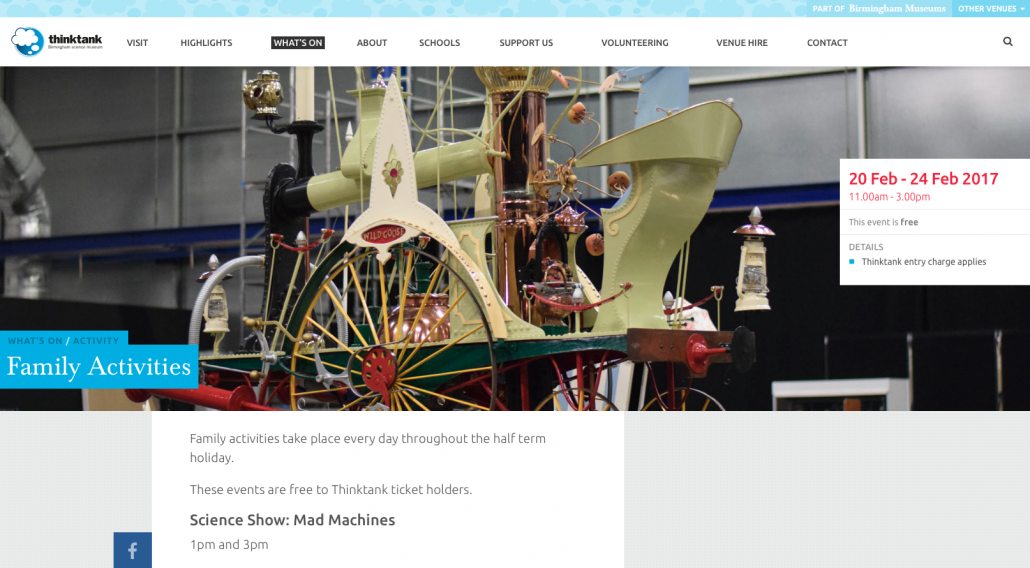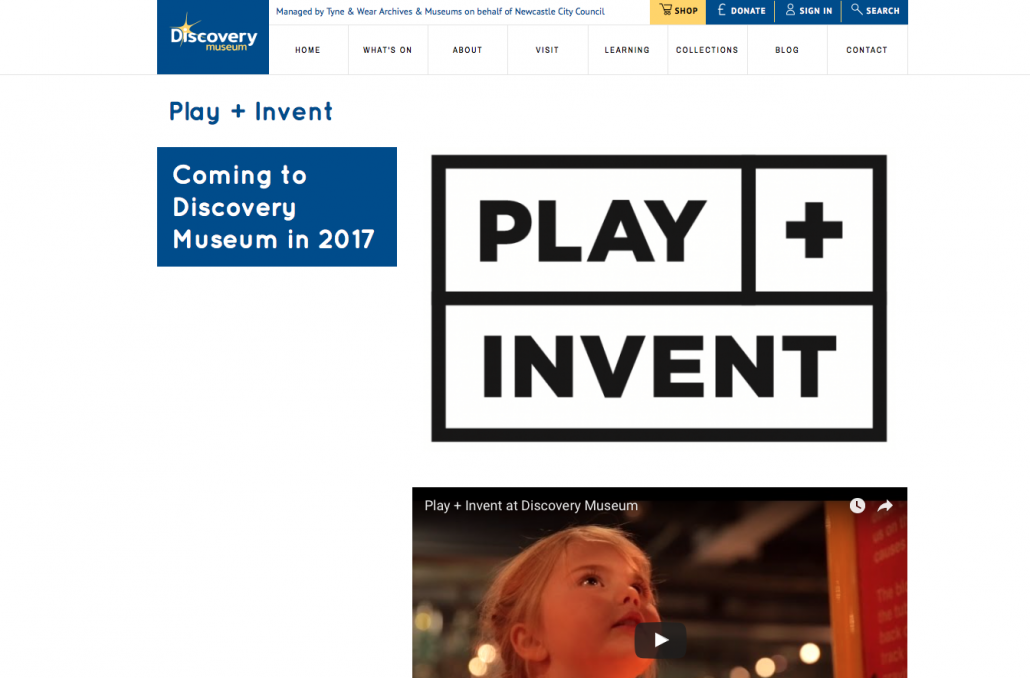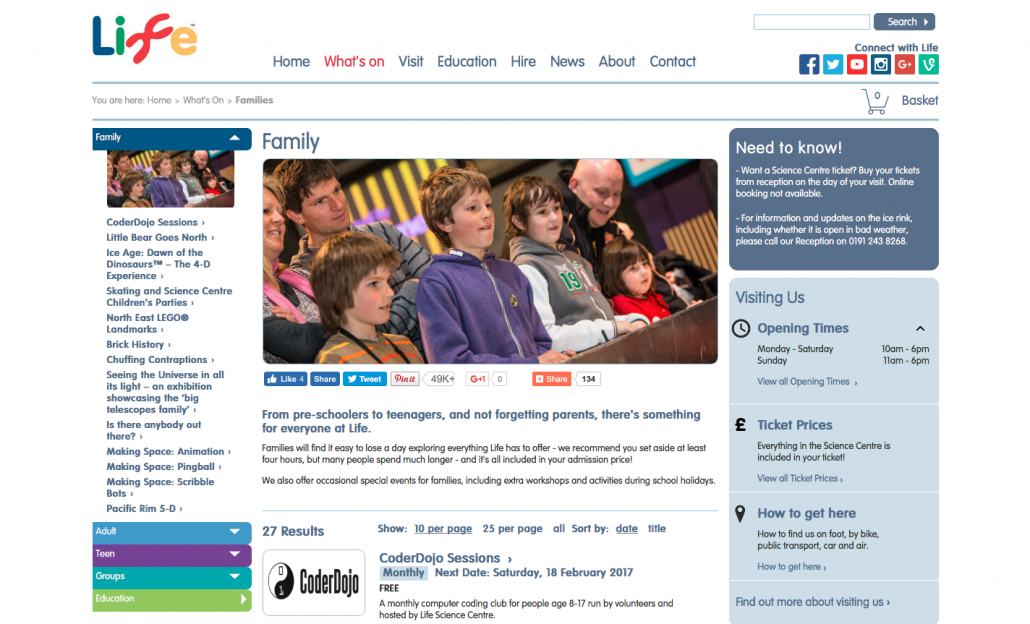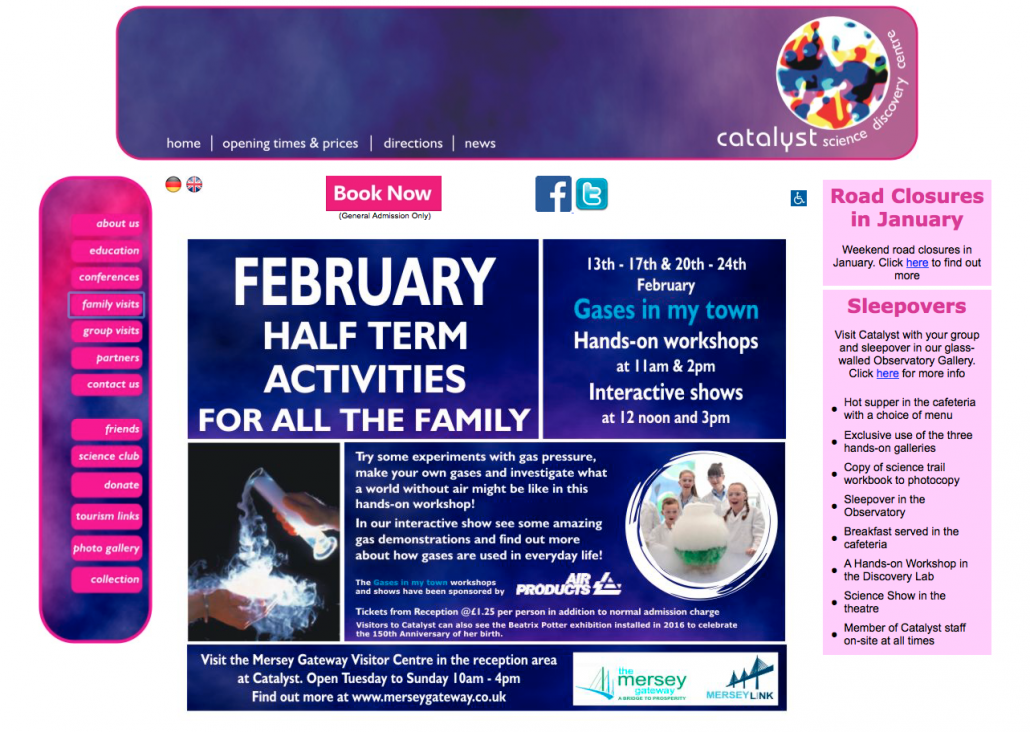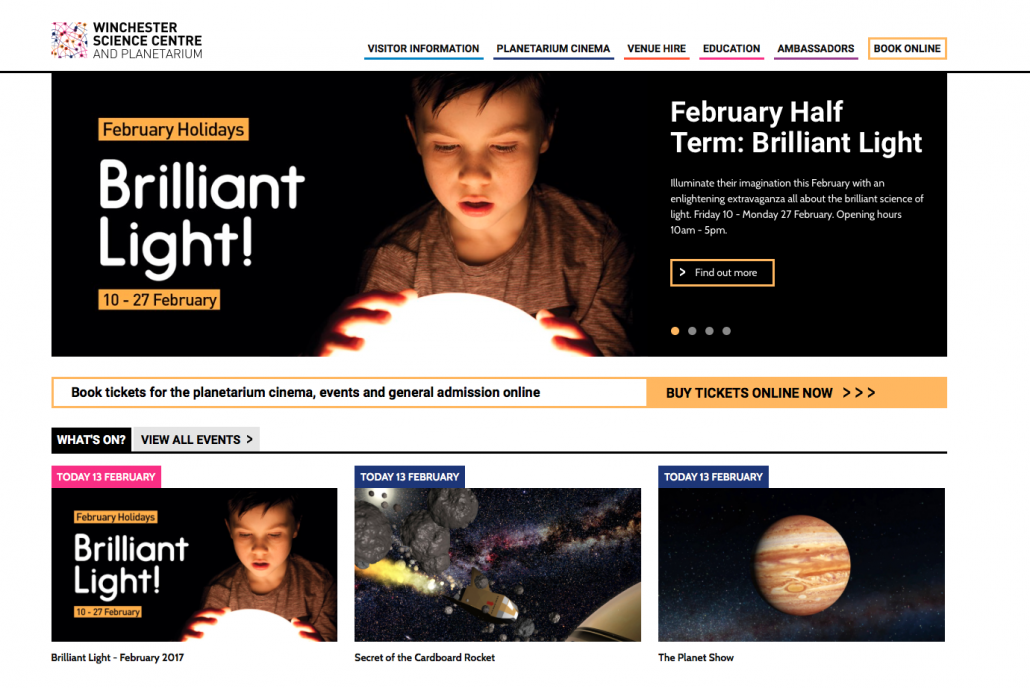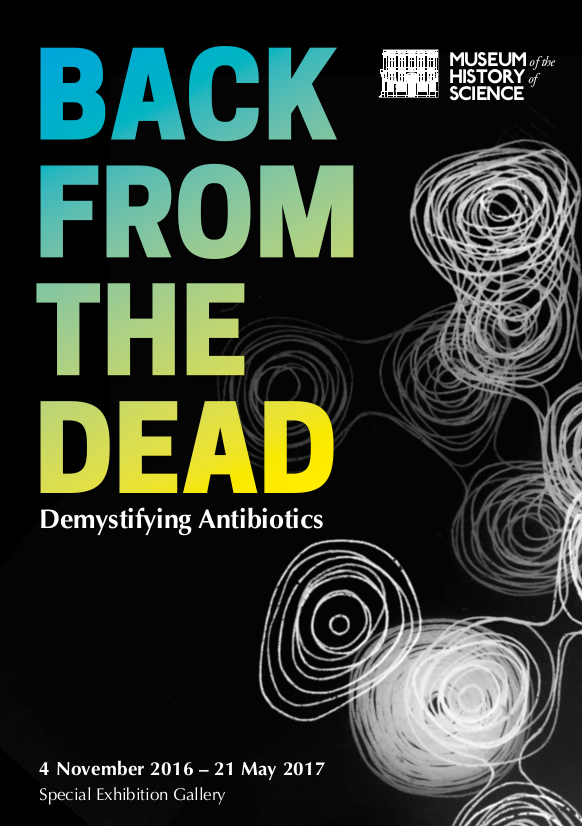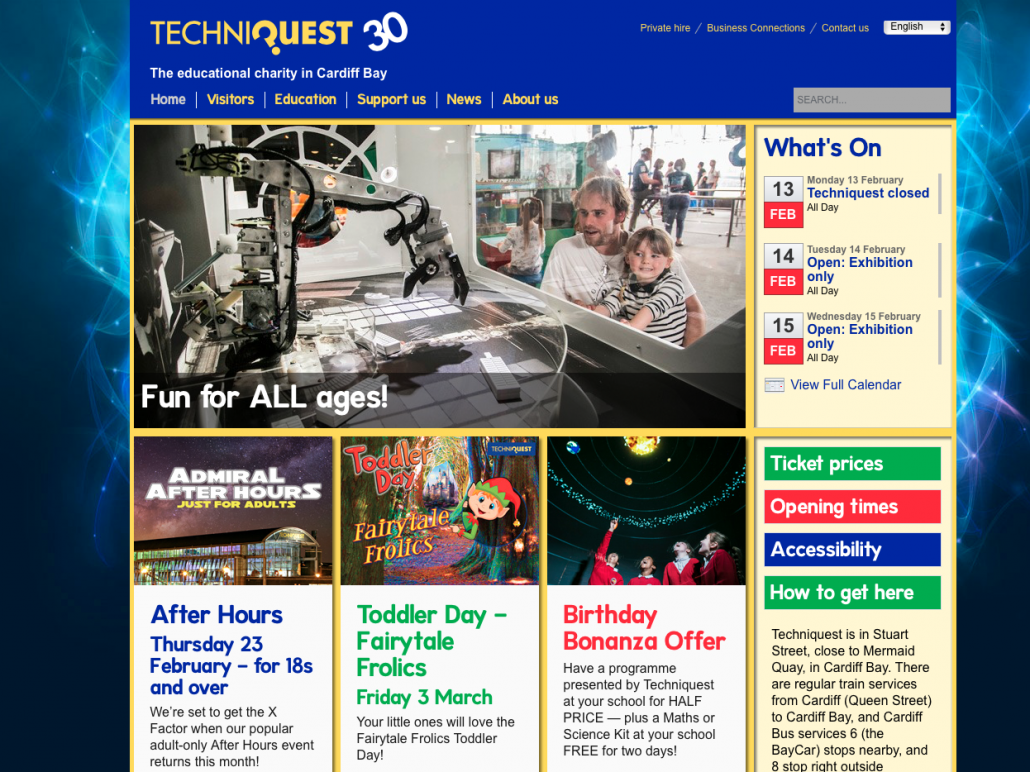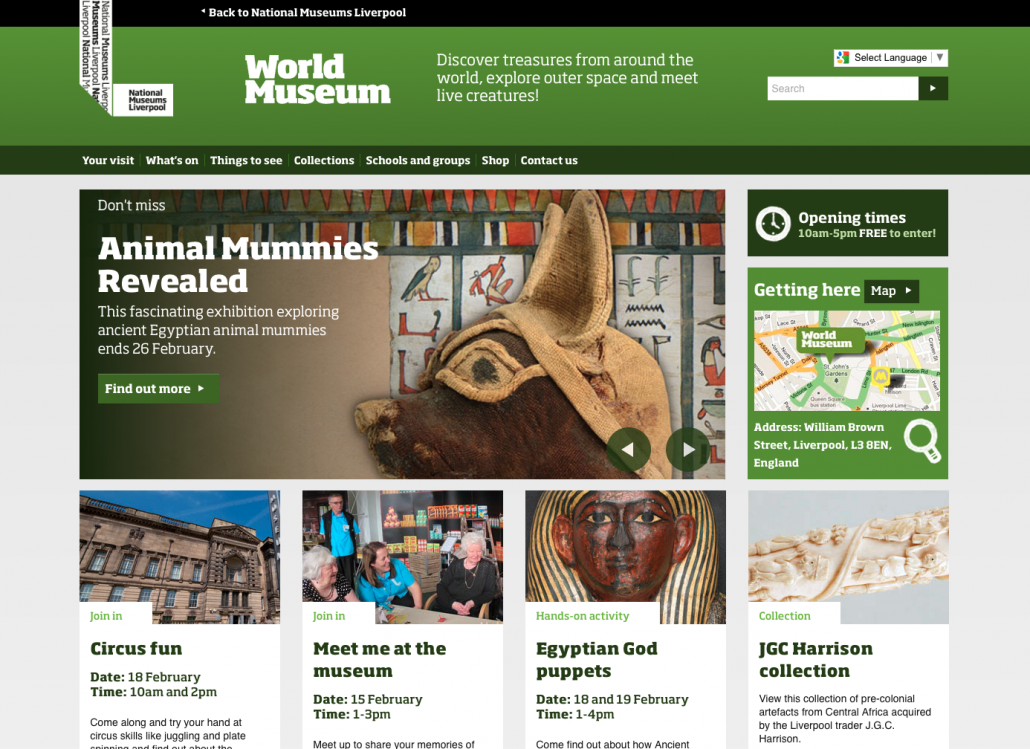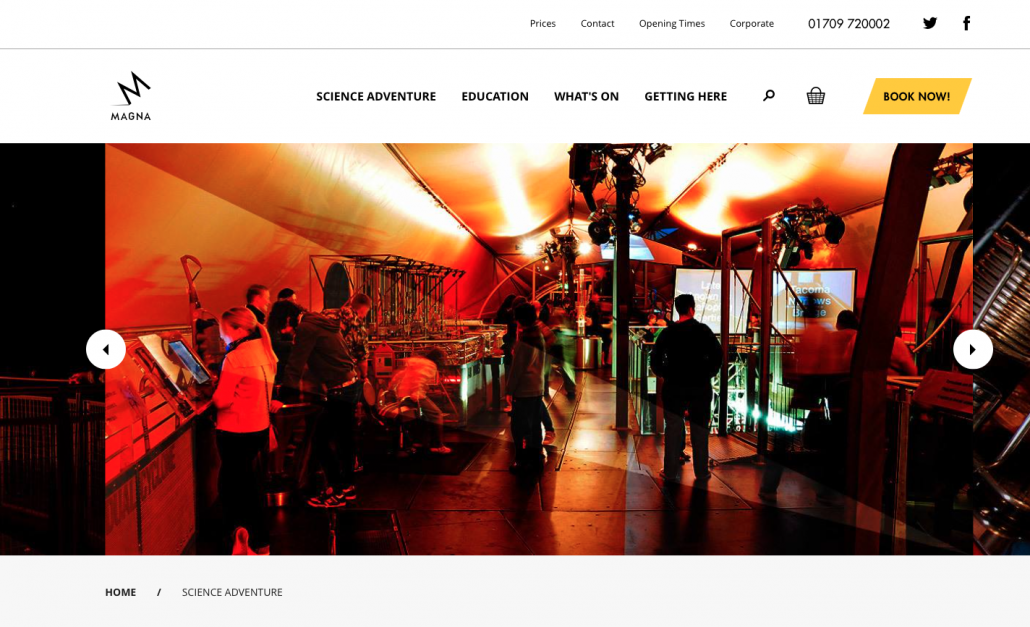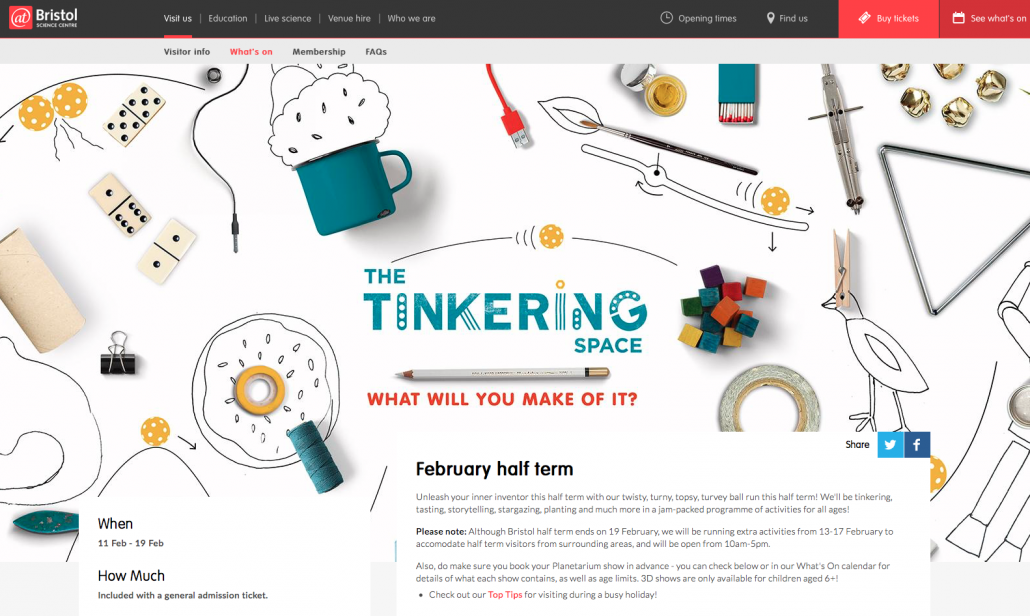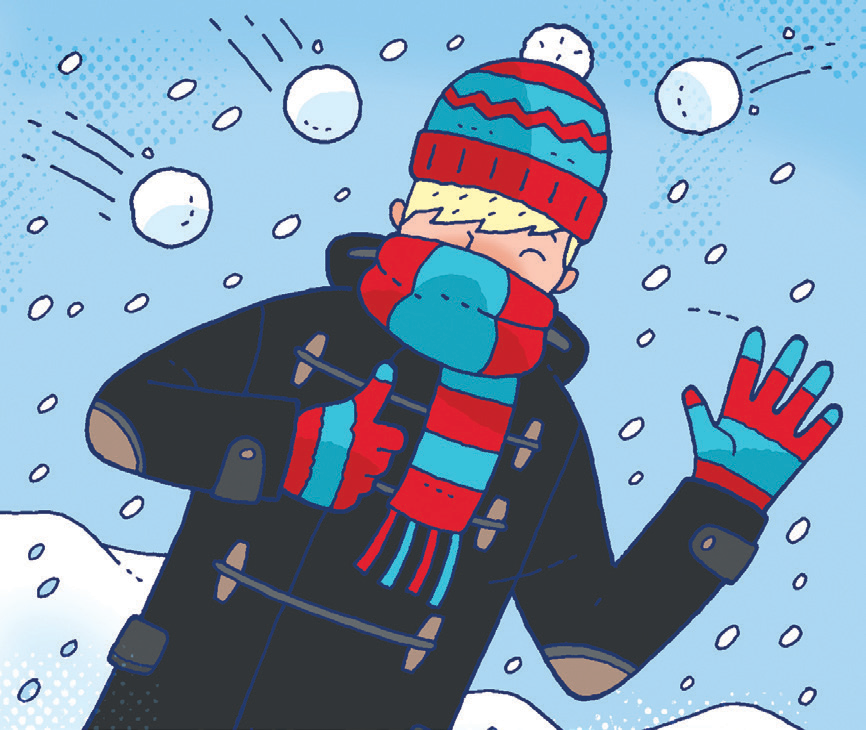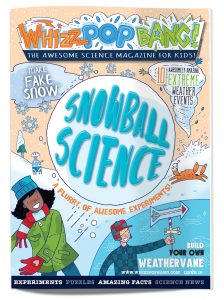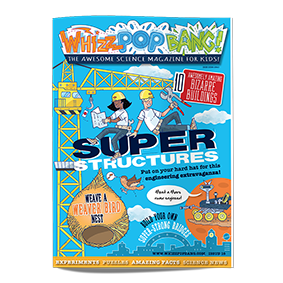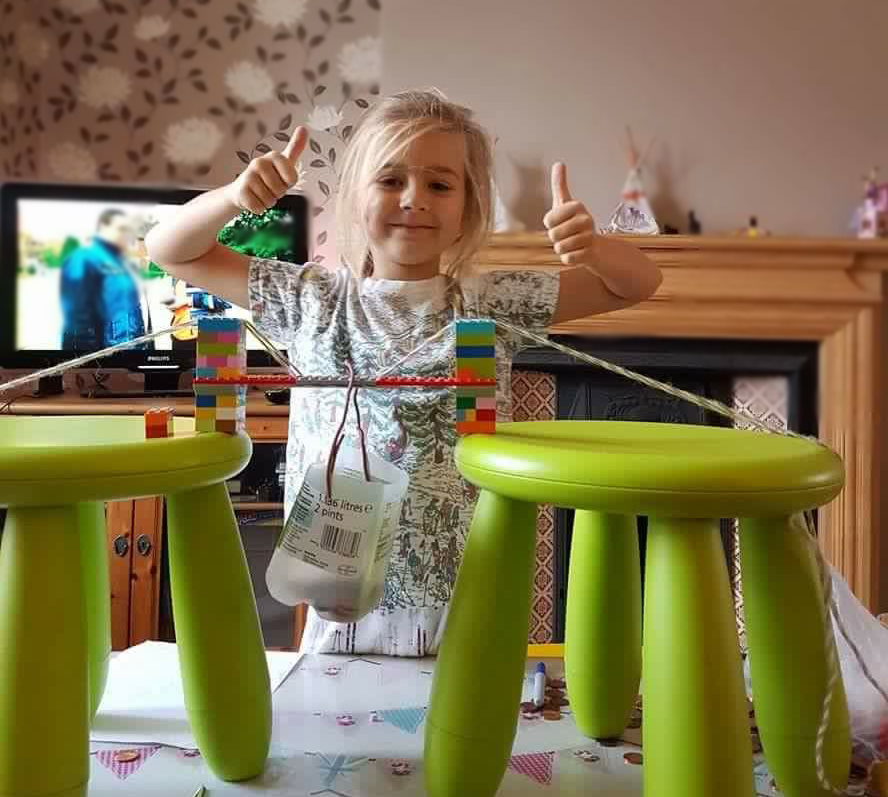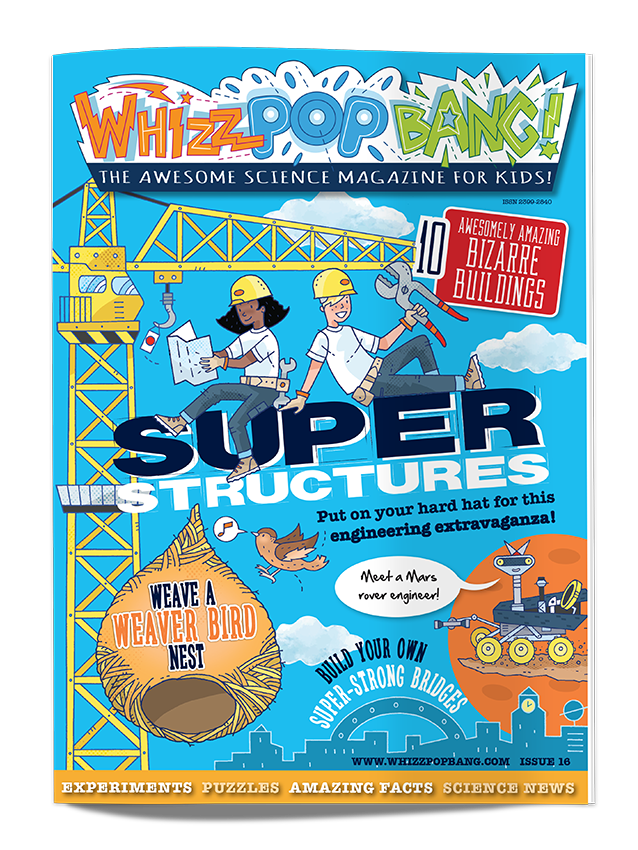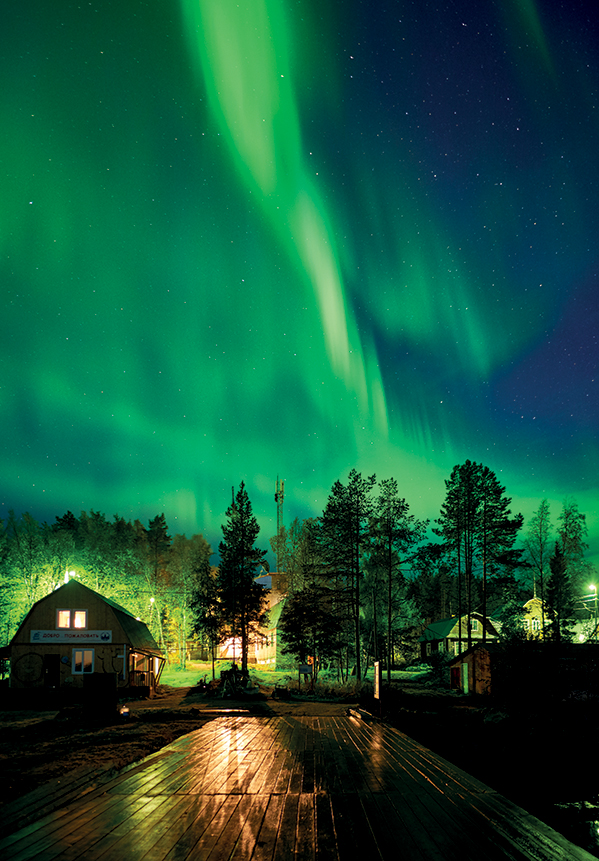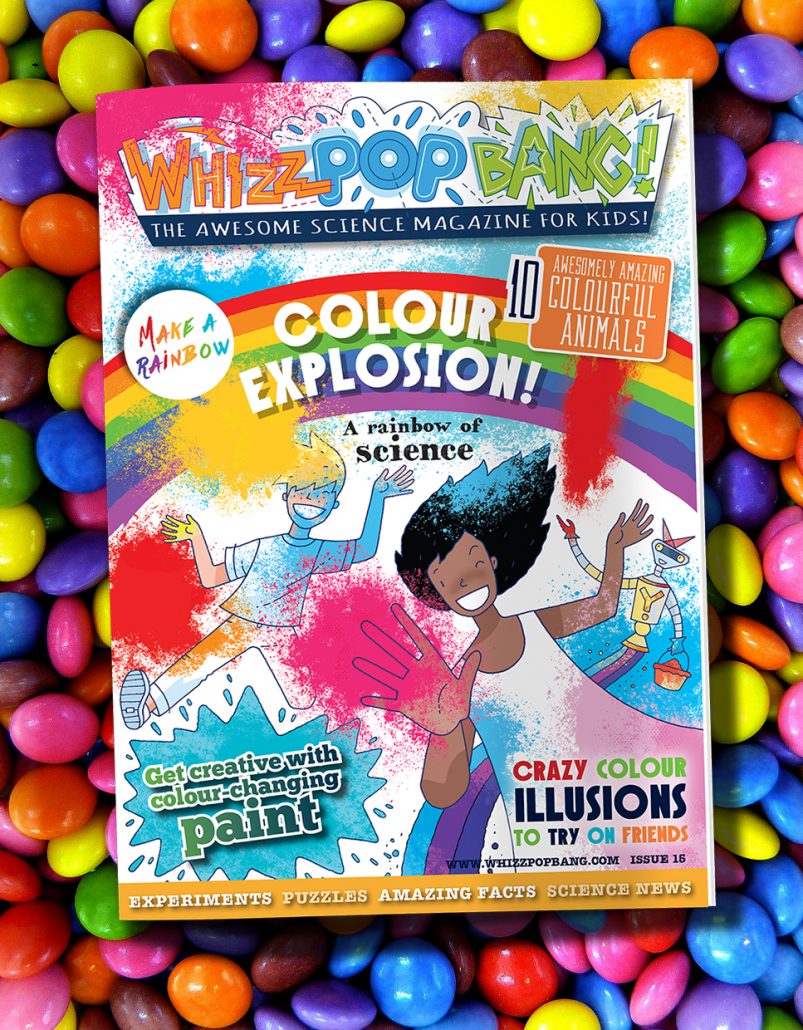Each month Whizz Pop Bang magazine goes in depth to take a closer look at science in the news. In issue 22, SMALL WONDER Zooming in on tiny science the in-depth feature is all about air pollution and the tiny particles that can cause severe health issues.
We feature a guide to help kids take action to reduce air pollution in their area, and number one on that list is write to your MP to let them know about your concerns:
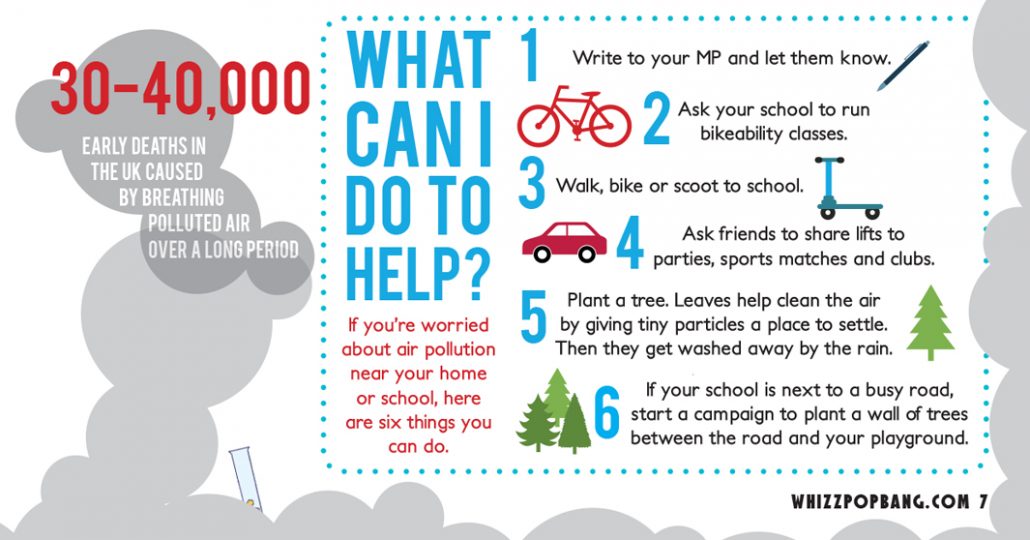
Whizz Pop Bang reader Evie did just that, writing an excellent letter to her local MP Jon Crudas, outlining not just pollution issues but also highlighting issues with her local park, and the need for free school meals…
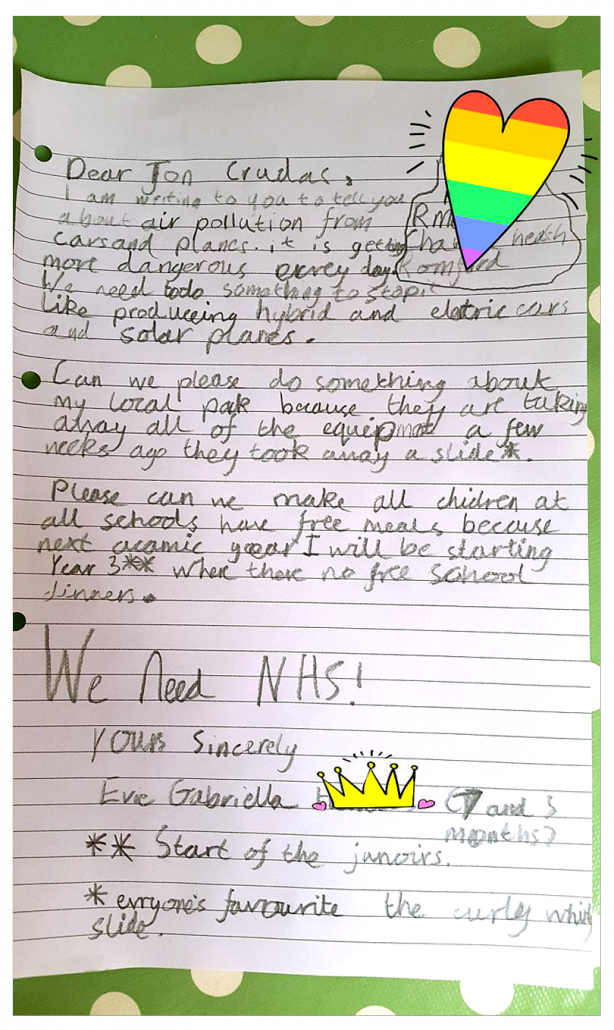
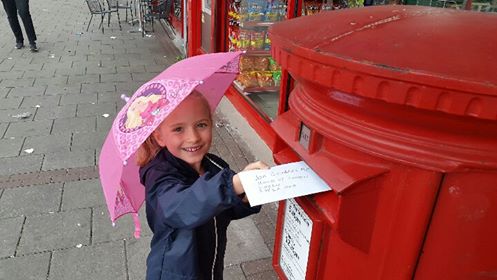
After a few patient weeks of waiting Evie receives a reply! Such a wonderful look of pride and achievement on Evie’s face, evidence that writing to your local MP really does work! Mr Crudas explains he has sent a copy of her letter to Sadiq Khan, Mayor of London, and he’s also looking into what has happened to the playground equipment. Well done Evie, we’re super impressed with your passion and determination to make a difference.
